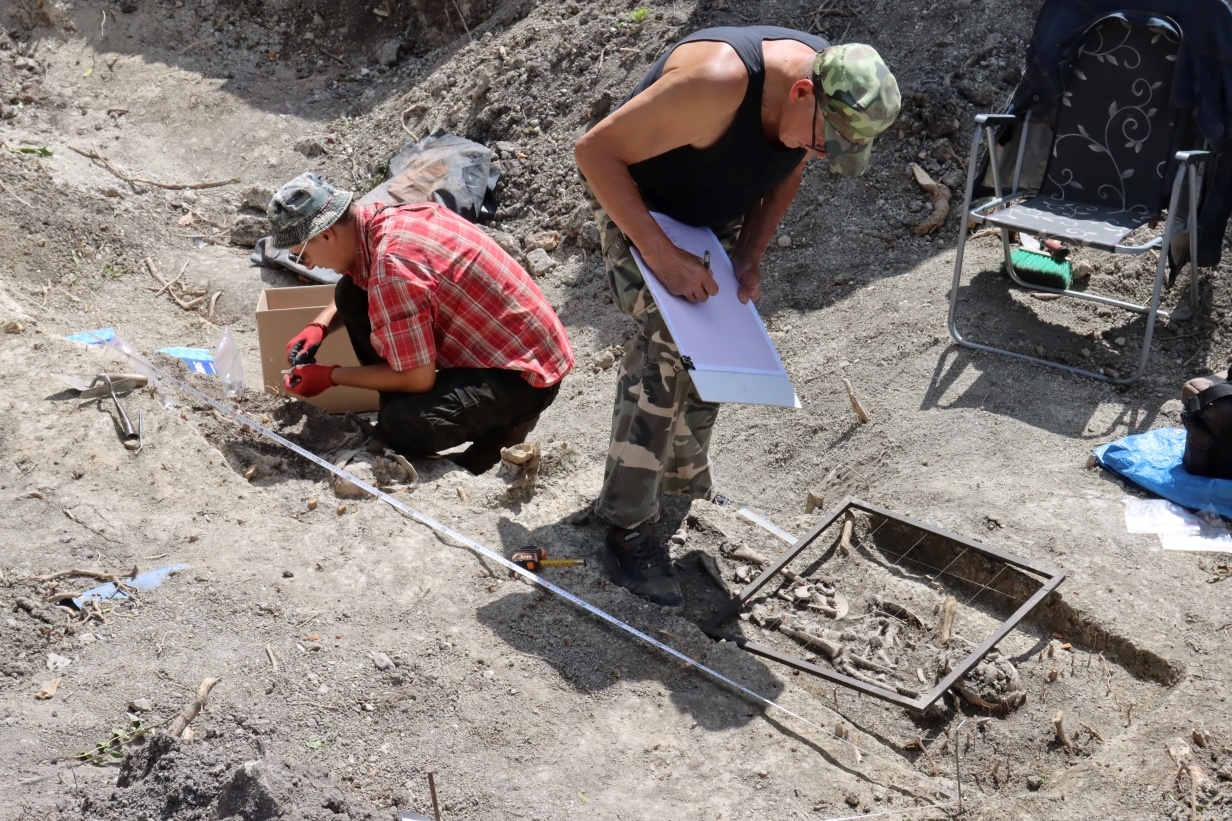Experts have discovered an unusual medieval burial that shows evidence of “anti-vampire” measures being taken.
The bizarre archaeological discovery was made at a site on Góra Chełmska, a ridge near Koszalin in northwestern Poland, the Lublin Provincial Conservator of Monuments said in a Facebook post.
The skeletons of two children were found buried in pits without coffins. The skeletons were laid on their back, with their skulls facing west. They have been dated to the 13th century based on the ground layers they were found in and associated pottery fragments.
The burials were found in a place that is not associated with any of the known cemeteries on Chełmska, according to historical accounts, which was a surprise in itself. But the biggest “astonishment” was that one of the graves displayed characteristics of an “anti-vampire” burial, according to the conservator.
Lublin Provincial Conservator of Monuments
This type of burial falls broadly under the category of “revenant” graves. Sometimes, it is described as a “vampire” or “anti-vampire” burial.
In the folklore of several cultures, the term revenant refers to an individual who comes back from the dead as a spirit or reanimated corpse, sometimes to terrorize the living.
Revenant graves dating back thousands of years have been found in various locations across Europe. These burials are characterized by evidence of precautions taken to prevent the dead from rising. Such measures could include placing large stones on the legs of the deceased or piercing the body with a lance to fix it to the ground.
In the case of one of the recently discovered remains in Poland, the child’s head appears to have been removed from its torso.
In addition, the skull was laid face down in the burial cavity, and stones were placed on the deceased’s torso. The burial was most likely marked by two pillars, as evidenced by preserved postholes.
“Burying with the face to the ground, cutting off the head or pressing the body with a stone are among the methods used to prevent a person believed to be a demonic being from leaving the grave,” the conservator said in the Facebook post.
The newly uncovered burials were documented, and the skeletons were excavated from the grave cavities. The remains are now awaiting anthropological analysis, which archaeologists will yield more insights into this unusual discovery.
Do you have a tip on a science story that Newsweek should be covering? Do you have a question about archaeology? Let us know via science@newsweek.com.
